A writing tablet that provides feedback during handwriting and helps the clients develop handwriting skills.
Rehabilitation Engineering Design Projects
as part of senior design at UNC
Assistive Play Station
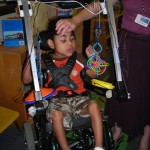
This Play Station enables the client, who is four years old, to play by himself, exploring different textures, both in the classroom and while he stays with his mother at work. Since the client has visual impairments, the Assistive Play Station is designed to provide him with auditory stimuli and provide physical therapy by strengthening movement in his arms, especially his left hand.
T.O.Y.S.: Technology to Offer Youth Self-reliance
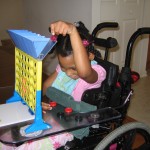
These assistive devices enable our client to blow bubbles and play the game of Connect Four. This enables our client to interact with other children during leisure time, while helping to improve strength and motor control.
Sight n’ Sound Shower Timer (SSS Timer)
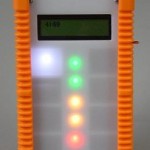
The SSS Timer is a multi-step programmable timer to help the user transition through a series of tasks at the appropriate times.
Rowing Motion Counting Device
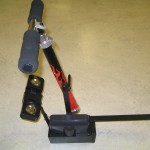
This device is a counting game that also helps the client develop strength in his arms. The device counts in response to pulling and pushing a lever arm in a pattern similar to a rowing motion. It is attached to his wheelchair.
Trace Aid
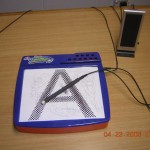
Tracing is an important skill that is a precursor to learning handwriting. This device to encourages children with autism to practice tracing, by providing musical feedback when they are tracing properly.
Karaoke Trainer
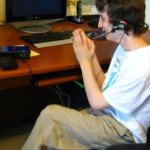
A device to simulate music therapy sessions so that the client can practice vocalizing independently. It plays a song only when the client sings along.
See Me Move and Groove
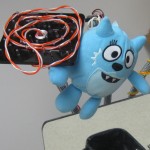
A device to provide a stimulate a client’s vision and hearing, in response to a switch press.
Arm Strengthening Device for Tots
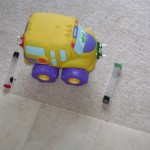
A fun activity that helps the client build upper body strength. When the client pushes two rods into fitted holes on either end of a school bus toy, it plays a song.

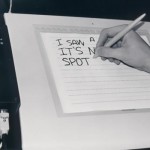
University Operator: (919) 962-2211 | © 2024 The University of North Carolina at Chapel Hill |